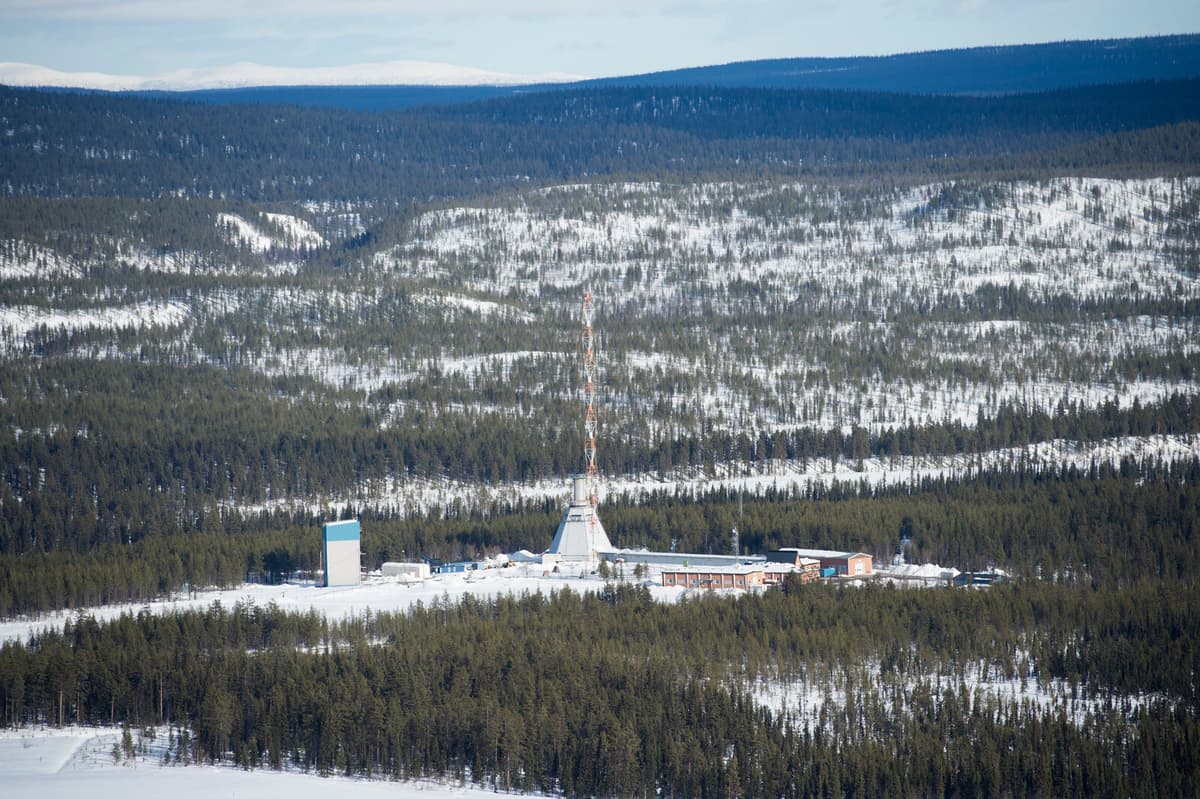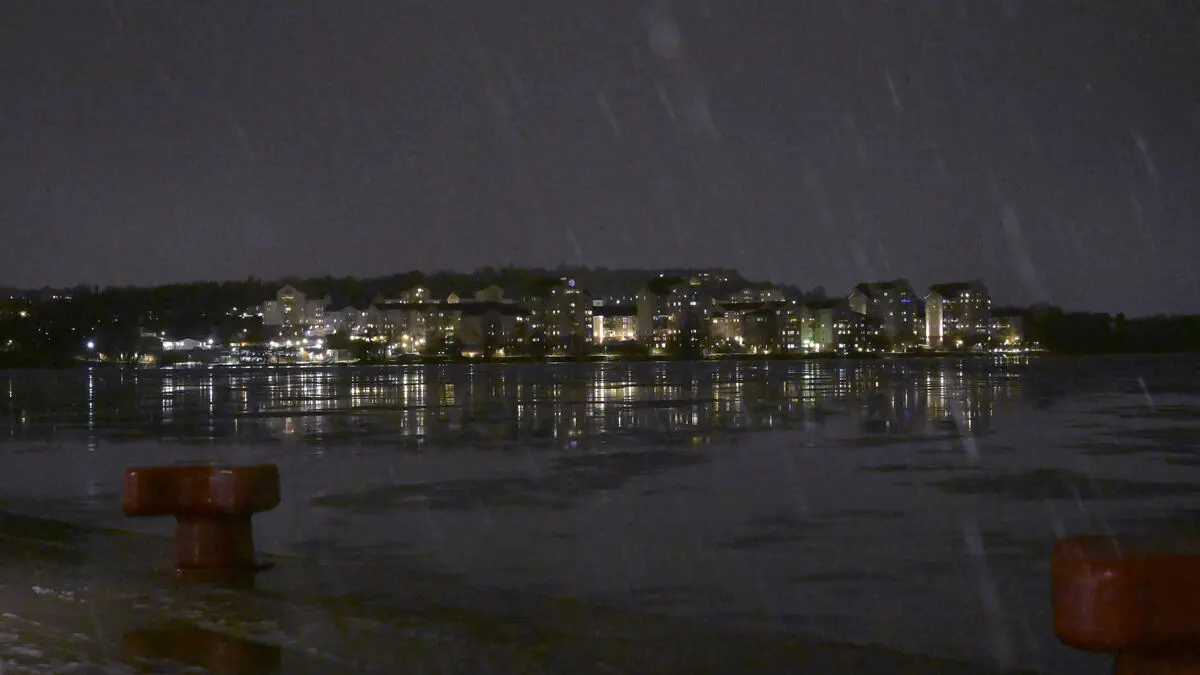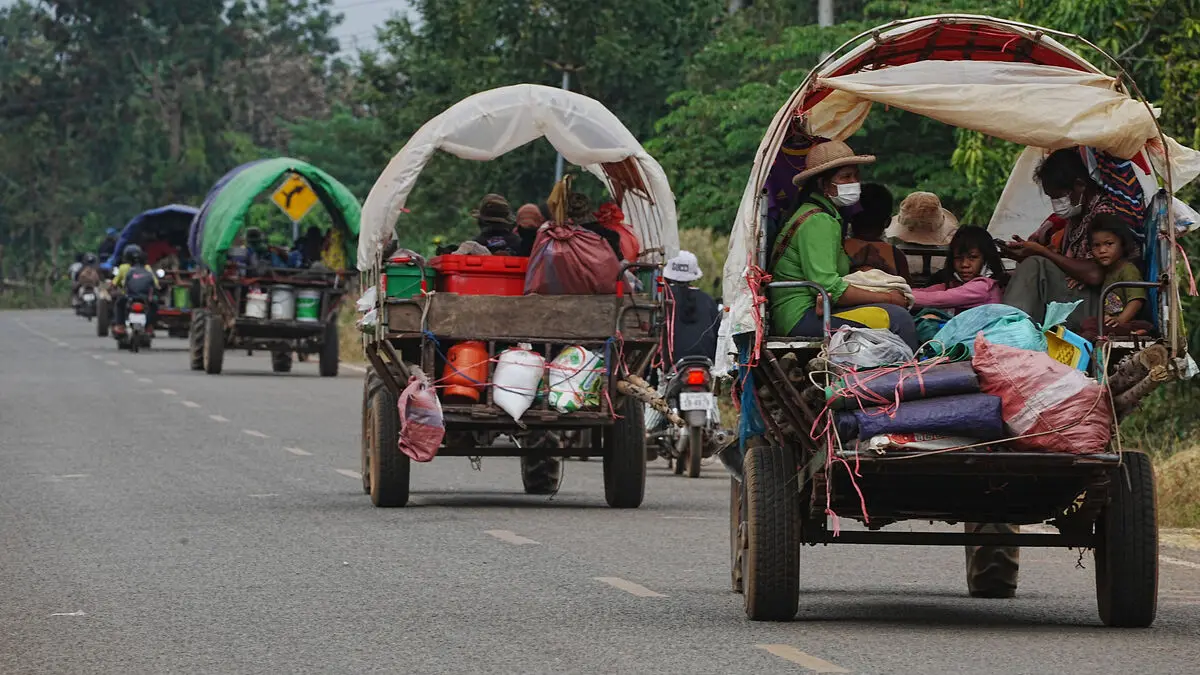The bladderwrack reproduces when it is full moon or new moon, but why is unclear, which Vetenskapsradion Sveriges Radio previously reported. One theory is that the bladderwrack senses the moon's gravitational pull, says researcher Lena Kautsky to SVT News Science.
This is the very first attempt to see how the bladderwrack reacts to changes in gravity, she says to the channel.
The mystery has been attempted to be solved by Lena Kautsky for 30 years. She is a professor emeritus in marine plant ecology at Stockholm University and was present at the launch earlier in the week. Then, test tubes with shoots of bladderwrack from the Baltic Sea were sent up with a rocket from the Esrange space base outside Kiruna.
It feels thrilling, fantastic, in some way liberating, she says to Vetenskapsradion.
Now Kautsky will investigate how the seaweed, which has been in space for ten minutes, is affected and compare it with plants that have remained on Earth.
The space visit is a first step in the project. The hope is to apply to send up bladderwrack to the International Space Station ISS for two weeks when a full moon occurs – and then get more answers to solve the mystery, reports Vetenskapsradion.





